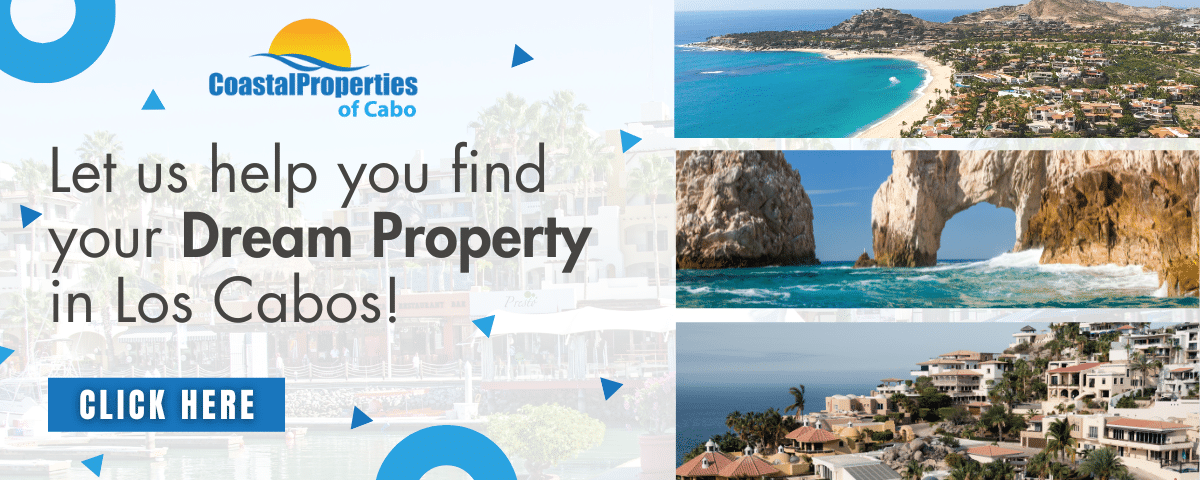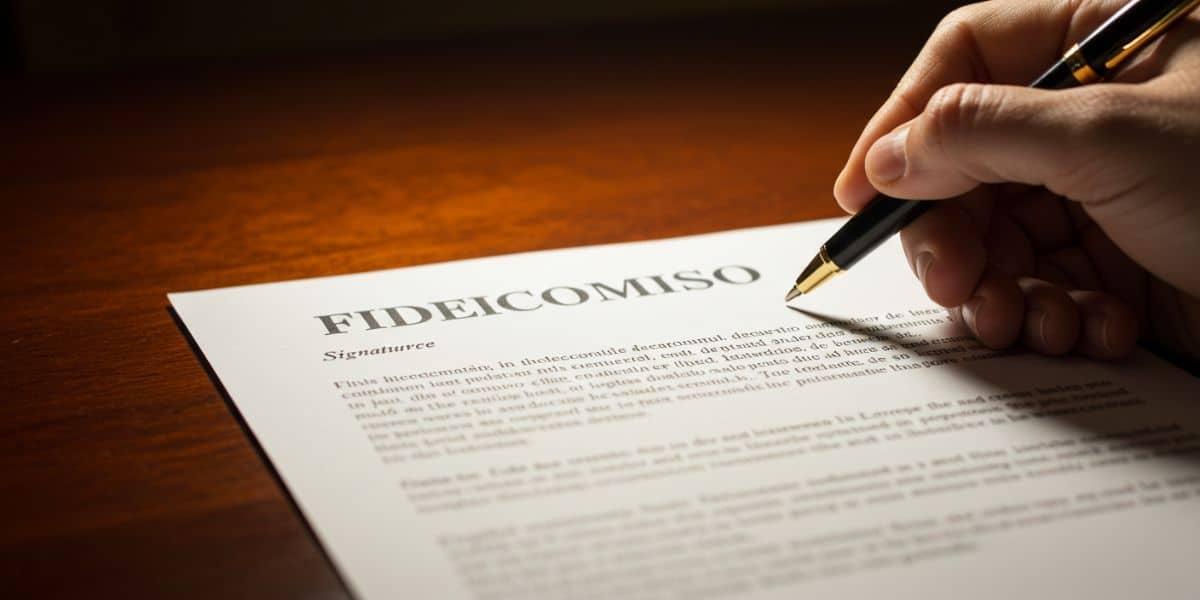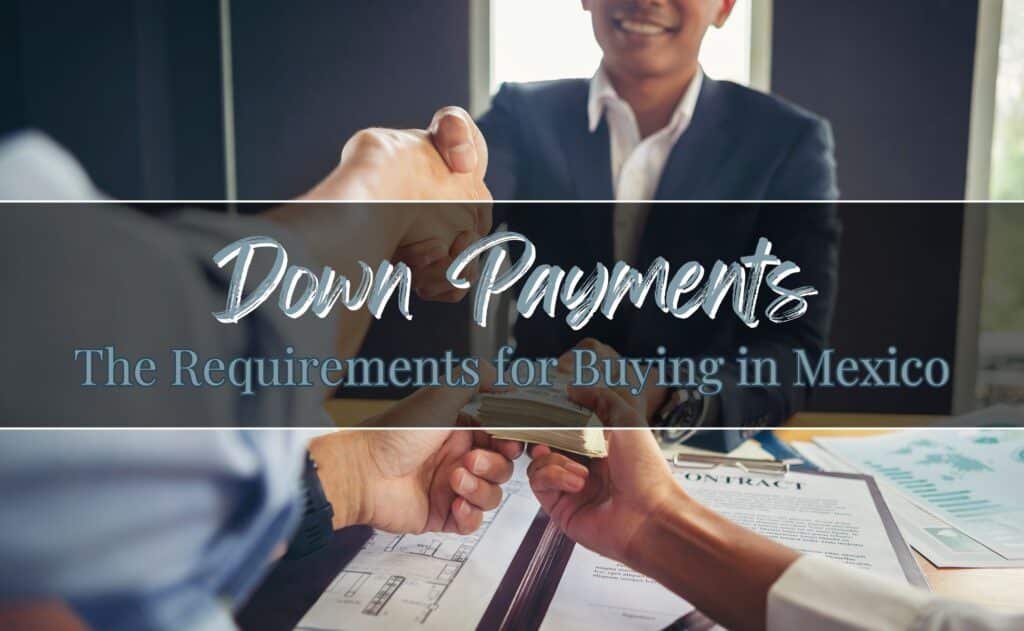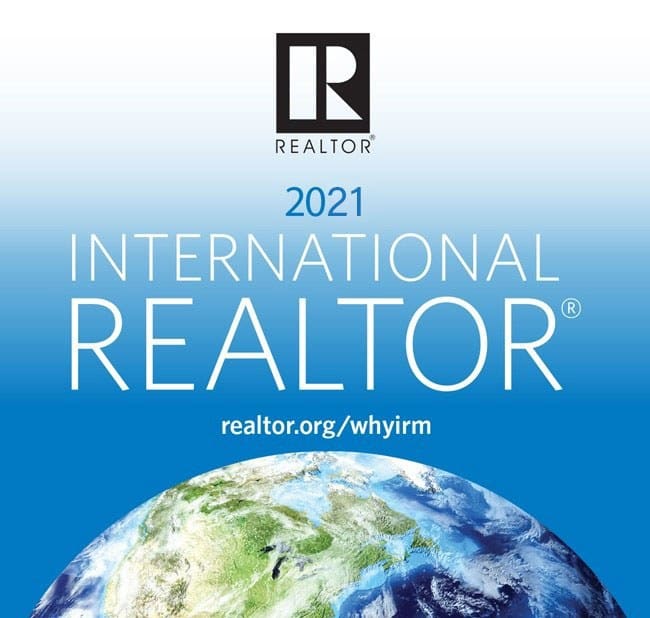With its stunning beaches, rich culture, and relatively affordable real estate, Mexico has become an increasingly popular destination for U.S. buyers looking to purchase a second home, retirement property, or investment opportunity. However, buying property in Mexico is not the same as buying a home in the United States. The financial and legal systems differ, and understanding these differences—especially when it comes to down payment requirements—is crucial to ensuring a smooth and successful purchase.
If you’re a U.S. buyer considering a property in Mexico, this guide will walk you through the basics of down payment requirements and financing options, as well as highlight key issues that might affect you specifically. Armed with the right knowledge, you can navigate the process with confidence.
Down Payment Requirements for Mexican Property
In Mexico, down payment requirements are typically higher than what many U.S. buyers are accustomed to. While U.S. mortgages often allow for down payments as low as 3-5%, financing a property in Mexico usually requires a down payment of 20-30% of the property’s purchase price. This higher percentage reflects the differences in lending practices and risk management strategies of Mexican financial institutions.
Several factors influence the required down payment:
- Type of Property: Residential properties generally have more favorable terms, while commercial or undeveloped land may require even higher down payments.
- Lender Requirements: Some lenders or financing programs may impose additional conditions for foreign buyers, such as a larger upfront payment.
- Creditworthiness: While Mexican lenders don’t use U.S. credit scores, they do evaluate creditworthiness through financial documentation, which may impact the terms of your loan.
Additionally, cash purchases are much more common in Mexico compared to the U.S. This is often due to the relatively limited availability of financing for foreign buyers. If financing isn’t an option or if the required down payment seems steep, buyers may consider negotiating for a lower purchase price and paying in cash.

Financing Options for U.S. Buyers in Mexico
Financing a home in Mexico as a U.S. buyer can be complex, but there are several viable options to explore:
Mexican Banks
Some Mexican banks offer financing to foreign buyers, but the process can be more involved than what U.S. buyers might expect. Interest rates tend to be higher than in the U.S., and terms may require significant documentation, including proof of income, tax returns, and other financial details.
Cross-Border Mortgages
Certain U.S.-based lenders specialize in cross-border mortgages, designed specifically for purchasing property in Mexico. These lenders often cater to U.S. buyers and may provide more familiar terms, though the process can still involve currency exchange considerations and legal complexities.
Developer Financing
For new developments, especially in popular tourist areas, developers may offer financing directly to buyers. While this can simplify the process, the terms are often less favorable, with higher interest rates and shorter repayment periods. Nonetheless, it can be a convenient option for those who don’t qualify for traditional loans.
When exploring financing options, it’s important for U.S. buyers to account for currency exchange rates, as they can affect both the down payment amount and monthly loan payments. Working with an experienced financial advisor can help mitigate risks and plan for fluctuations in exchange rates.
Key Issues Affecting U.S. Buyers
When purchasing property in Mexico, U.S. buyers face unique challenges and considerations. These issues can significantly impact the buying process and the overall cost of ownership, so it’s essential to be prepared.
Currency Exchange Rates
One of the most significant factors affecting U.S. buyers is currency exchange. Since most transactions in Mexico are conducted in pesos, fluctuations in the exchange rate can influence the actual cost of the down payment, loan repayments, and closing fees. It’s advisable to monitor exchange rates closely and, when possible, lock in favorable rates through financial tools like currency hedging or multi-currency accounts.
Credit Score and Financial Documentation
Mexican lenders do not use U.S. credit scores to evaluate borrowers. Instead, they rely on other financial documentation such as income verification, tax returns, and proof of assets. U.S. buyers may need to provide additional documentation, including a valid visa or residency permit, to qualify for financing.
Title Insurance and Legal Due Diligence
Unlike the U.S., title insurance is not as common in Mexico, but it’s highly recommended for foreign buyers to protect against potential disputes over property ownership. Working with an experienced real estate attorney is essential to ensure the property has a clean title and to navigate local regulations, which can vary significantly by region.
Additional Costs Beyond the Down Payment
In addition to the down payment, U.S. buyers should account for several other costs associated with purchasing property in Mexico. These expenses can add up and should be factored into the overall budget.
Closing Costs
Closing costs in Mexico are generally higher than in the U.S., often ranging between 5-10% of the property’s purchase price. These include:
- Notary Fees: All property transactions in Mexico require a notary, who oversees the legal aspects of the sale.
- Transfer Taxes: Usually around 2-4% of the property value, depending on the location.
- Registration Fees: Fees to register the property with the public registry.

Fideicomiso (Bank Trust)
For non-Mexican buyers purchasing property within the restricted zones (e.g., coastal areas or borders), a fideicomiso is required. This bank trust allows foreigners to hold title to property while complying with Mexican law. Setting up a fideicomiso typically costs $500-$1,000 upfront, with annual maintenance fees of $500-$700. There may also be an alternative to a Fideicomiso.
Utility Setup and Maintenance
When buying a property, additional costs for setting up utilities (electricity, water, internet) and ongoing maintenance should also be considered. In some cases, these costs may be higher for foreigners.
By understanding these additional costs, U.S. buyers can better prepare financially and avoid unexpected surprises during the purchase process.
Strategies for U.S. Buyers
Navigating the process of buying property in Los Cabos, or really anywhere in Mexico, can be complex, but with the right strategies, U.S. buyers can make informed decisions and avoid common pitfalls. Here are some key tips to ensure a smooth transaction:
Work with Experienced Professionals
Partnering with a real estate agent who specializes in working with foreign buyers is essential. Look for an agent who understands Mexican real estate laws and has experience guiding U.S. buyers through the process. Similarly, hiring a local real estate attorney ensures that all legal requirements are met and helps mitigate risks related to ownership disputes or unclear property titles.
Secure the Best Financing Terms
Shop around for financing options to find the best terms. Consider U.S.-based lenders that offer cross-border mortgages, as they may provide more familiar processes and requirements. If financing through a Mexican bank, ensure you have all the necessary documentation to speed up approval.
Plan for Currency Fluctuations
Work with a financial advisor or currency exchange specialist to plan for potential fluctuations in exchange rates. Locking in favorable rates or using multi-currency accounts can help stabilize costs.
Understand Local Regulations
Familiarize yourself with local regulations regarding property ownership, zoning laws, and building codes. For example, in some areas, restrictions may apply to how a property can be used (e.g., short-term rentals or commercial purposes).
Budget for Maintenance and Ongoing Costs
Set aside funds for ongoing maintenance, property taxes, and annual fees such as fideicomiso maintenance. Budgeting for these costs ensures that ownership remains financially sustainable in the long term.
Conclusion
Buying property in Mexico as a U.S. buyer offers exciting opportunities, whether you’re looking to buy a vacation home, a retirement property, or an investment. However, the process requires careful planning and a clear understanding of down payment requirements, financing options, and potential challenges unique to cross-border transactions.
By working with experienced professionals, exploring all financing avenues, and preparing for additional costs, you can navigate the complexities of the Mexican real estate market with confidence. With the right approach, owning property in Mexico can be a rewarding experience, providing a slice of paradise to call your own.
Begin your search
Start here looking at condos for sale in Cabo San Lucas as well as other types of real estate in Cabo.


